Navigating Resistance and Embracing Agile: A Comprehensive Exploration
Embarking on the Agile journey is a profound commitment to continuous improvement in software development. Guided by four foundational values—prioritizing individuals and interactions, working solutions, customer collaboration, and responding to change—Agile represents more than a methodology; it's a transformative mindset. However, the path to Agile adoption is often riddled with complexities, and organizations must navigate through resistance to instill a culture that not only embraces change but thrives on the ethos of getting better. This comprehensive exploration delves into the core values of Agile, nuances of resistance, and strategies for cultivating an environment that champions continuous improvement.
Keep Reading Below↓
Agile's Four Values:
At the heart of Agile lies its four core values: valuing individuals and interactions, prioritizing working solutions, fostering customer collaboration, and responding to change. These values serve as guiding principles, shaping the Agile mindset, and fostering a deep-seated commitment to continuous improvement.
Recognizing the Nuances of Resistance:
Resistance to change manifests in multifaceted ways, extending beyond conventional stereotypes. While senior leadership may express endorsement for Agile principles, resistance often emanates from middle management grappling with uncertainties about their evolving roles. Recognizing and addressing this nuanced resistance is pivotal for successful Agile adoption.
Understanding the Role of Middle Management:
Middle managers, positioned between leadership and execution teams, play a pivotal role during Agile transformations. Their concerns often revolve around the impact on existing hierarchies and the need for clarity in the Agile framework. Addressing these concerns is fundamental to overcoming resistance.
Fostering Trust and Autonomy:
Agile thrives on trust and autonomy, principles that challenge traditional hierarchies. Empowering teams to self-organize and make collective decisions is critical for embracing Agile values and fostering an environment that not only accepts change but actively seeks continuous improvement.
Aligning Leadership Intentions with Execution Challenges:
Ensuring alignment between leadership intentions and effective execution is critical for a successful Agile transformation. Missteps in implementation can hinder progress, underscoring the need for a cohesive strategy that bridges the gap between intentions and execution.
Cultivating a Culture of Continuous Improvement:
Cultivating an Agile culture extends beyond adopting practices; it involves instilling a mindset of collaboration, adaptability, and continuous improvement. Transparent communication, comprehensive training, and ongoing support are essential components for navigating the cultural shift required for Agile success.
Addressing the Fear of Change:
Resistance often stems from the fear of the unknown. Addressing these fears through transparent communication, targeted training, and gradual implementation can alleviate concerns and create a conducive environment for continuous improvement.
Conclusion
Embracing Agile is a journey towards continuous improvement, demanding a steadfast commitment to Agile values and the resilience to navigate resistance. By understanding the complexities of organizational dynamics, addressing middle management concerns, and fostering a culture of trust and collaboration, organizations can create an environment where getting better is not just a goal but a deeply ingrained way of life in the Agile landscape.
Agile Culture DNA:
Agile Culture is about creating an environment underpinned by values, behaviors, and practices that enable adaptability, flexibility, innovation, and resilience. The Agile Culture DNA comprises elements such as unleashed purpose, agile leadership, well-being and fulfillment, collaborative communities, trust and transparency, adaptability to change, and a focus on innovation, learning, and personal mastery.
Describing an Agile Culture:
Culture, in an Agile sense, is described as "The way things get done around here." It is a construct comprising three different levels: artifacts, espoused ideals, and unconscious, taken-for-granted beliefs and values. An Agile Culture is contextual, reflecting the competing values paradox, where organizations balance internal vs. external orientation and stability vs. flexibility.
Competing Values Paradox:
The Competing Values Framework explains the tension between internal vs. external orientation and stability vs. flexibility. It identifies four cultural dimensions: Collaborate, Create, Control, and Compete. Each dimension has its characteristics, and organizations typically have a dominant cultural dimension, influencing various aspects of their functioning.
This comprehensive exploration provides a holistic understanding of Agile adoption, encompassing values, resistance, strategies, and the intricate facets of Agile culture. It serves as a guide for organizations committed to not just implementing Agile practices but truly embracing the Agile mindset and culture.

